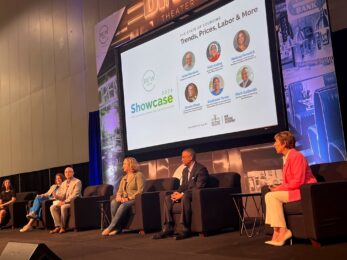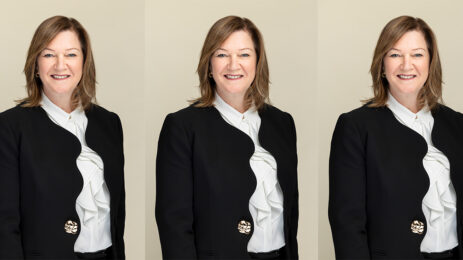Sales and marketing teams are hungry for leads and the more data attached to these leads, the better. Yet some of the best, most promising leads often come to sales teams with few details about interests and behaviors attached. We’re talking about the attendees of your company’s in-person events. We call these prospects Event-Qualified Leads (EQLs) and they are the first step in linking events to sales.
One reason why they are valuable is pretty obvious. They have already proven their commitment and excitement. They have arranged their busy home and work lives, traveled, and expended valuable resources to attend your conference, furthering their education about your products and the industry they serve. These attendees are not casual click-throughs or passive demo audiences. They are actively engaged with your messages and, if all goes well, they will be glad to hear from you after the event’s conclusion.
As things stand at most events today, a wide gap looms between what happens at the convention center and what a sales team would like to know. The main sources of insight into attendees result in pretty sparse data. Though registration information is handy, it is far from comprehensive. You’ll likely have the demographic basics like names, locations and job titles, but that can only get you so far. Job title, in particular, can be tough to parse, and what exactly that person does and what their decision-making capacity is can vary wildly by company.
Perhaps attendees—at least some of them—filled out surveys at some point during the event. Again, their responses offer some additional guidance, but can’t get you the full granular portrait most sales teams want and need to do their best work.
The challenges to understanding attendees based on these traditional information-gathering approaches make those precious EQLs hard to segment effectively. You end up spraying out the same, non-targeted message to everyone. This limits your effectiveness and undermines the value of the lead.
To achieve effective EQLs, you need to collect meaningful data. Here are some key questions to answer when in your quest to better understand the needs of your attendees—and fulfill the needs of your sales team.
1. How extensive was the planning?
Did they register for sessions online weeks in advance or make spur-of-the-moment decisions to attend this session, not that one? Their level of planning may indicate their level of dedication to the topics or products discussed. Advance planning is a potential signal of greater interest.
Example: An attendee registers for an event and immediately following the registration fills their personal session agenda with topics related to security for cloud-based server. If your company sells security software or a GDPR security compliance product, the fact that this attendee immediately acted on sessions and that the sessions were around a similar topic is a great start to quantifying them.
2. What sessions drew their attention, and which got them into the room?
Is there a clear pattern to their behavior at the event? Are there topics that they seemed to focus on?
While events teams love this data to help determine future offerings, it’s important to sales, too. Just imagine how specific your outreach to these leads might be if you knew that this group of contacts were all about cybersecurity or hardware choices of particular AI modeling projects, say. You’d know how to start a meaningful conversation with them.
3. How often they have attended similar events?
Are these repeat attendees? If they return year after year, you know they are getting something significant from the experience. Engaging with these multi-year EQLs can likely yield especially robust sales data and results.
For companies and brands that run events, EQLs can become the north star, a crucial element that helps quantify and focus both events and subsequent sales conversations. They are the first significant bridge that helps you close that gap between the registration table and the sales contract.
With 20+ years of leading highly impactful service and SaaS business, JR Sherman is highly regarded for his expertise in SaaS, events marketing and now, experiential marketing. After leading companies such as Right Source, Active Network BSG, and Lanyon, he is now CEO of RainFocus.




